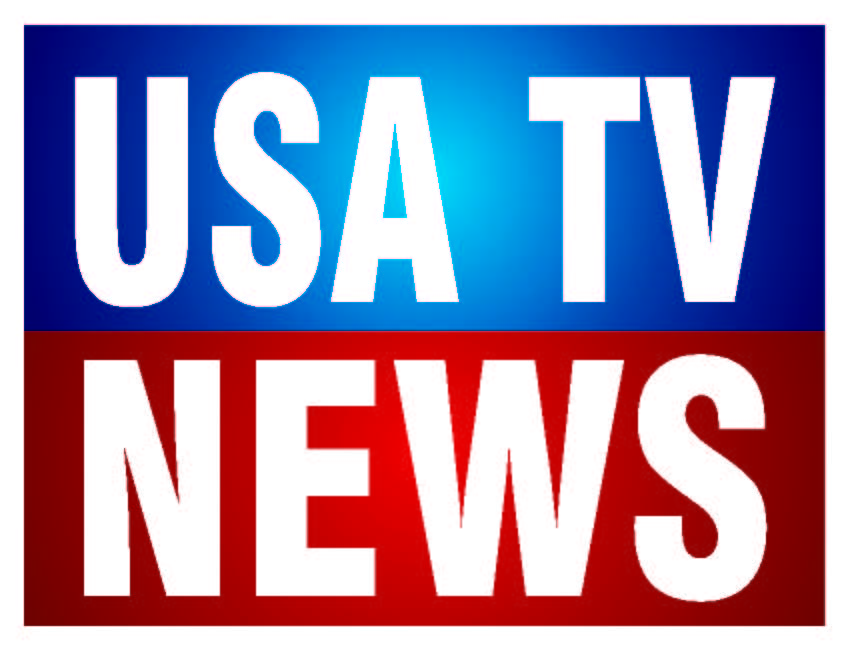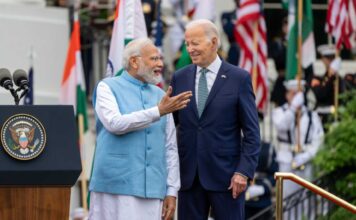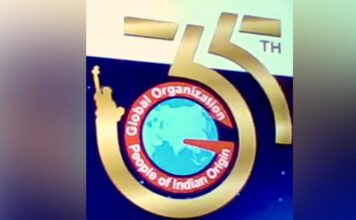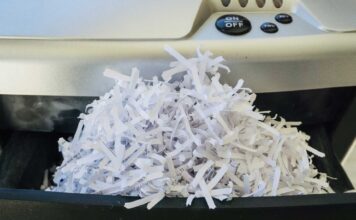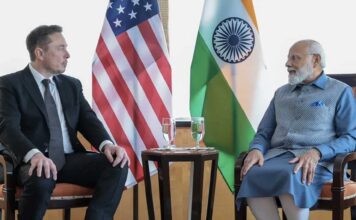In a flash, the U.S. labor market appeared to morph Friday from a reliable race car into a creaky bicycle.
Not only did the economy create just 38,000 new jobs in May, its weakest showing since 2010, but the Labor Department revised down employment gains for the previous two months by 59,000. That cut average monthly gains in 2016 to about 150,000 from 209,000 last year.
Why have employers suddenly throttled back hiring? And is this the new baseline for a labor market that’s been a pillar of the economy?
The short answer: Job growth is expected to slow somewhat now that the economy is approaching full employment, but gains the past two months have been suppressed by myriad temporary factors, from odd weather patterns to Donald Trump.
“The trend of job growth has downshifted,” says Stuart Hoffman, chief economist of PNC Financial Services Group.
But Mark Zandi, chief economist of Moody’s Analytics, says Friday’s meager total “significantly overstates the slowdown.”
Hoffman and Zandi agree that the 4.7% unemployment rate, lowest since November 2007, means there are fewer available workers to fill job openings, slowing hiring. Employers are struggling to find high-skilled workers in particular, a problem they’ve faced for several years because of mismatches between job requirements and the talents of laid-off employees. It looms larger amid a shrinking pool of workers.
Lauren Griffin, senior vice president of Adecco Staffing, says employer demand and placements have remained strong. But she says it’s tougher to find workers, particularly in fields such as technology and engineering, and so openings are taking longer to fill this year.
Zandi expects monthly job growth to average 175,000 the rest of 2016. Hoffman forecasts average gains of 150,000.
Yet economists also point to a hodgepodge of temporary forces that resulted in payroll advances of just 123,000 in April and 38,000 in May. Among them:
►The Verizon strike. The now-settled walkout idled 35,000 employees last month.
►Funky weather. High winter temperatures led employers to hire more workers early this year, especially in construction, retail and hotels, Zandi says. So they needed to hire less in April and May. The pullback looked worse than it was after Labor made seasonal adjustments based on strong job growth in the spring of previous years.
►Market turbulence. Financial markets have bounced back after stocks sold off and corporate borrowing costs spiked in January and February, but it takes time for firms to respond by reining in hiring and investment, Zandi says. Some big banks have brought on fewer workers because the market plunge doused mergers and initial public offerings, says Jeanne Branthover, a partner in executive recruiting firm DHR International. “If they don’t have as many deals, they don’t need as many people,” she says.
►Political uncertainty. Many businesses grow hesitant to hire because of the uncertainty generated by a presidential election. But Trump, the presumptive Republican nominee, has intensified the paralysis, says Bernard Baumohl, chief global economist of The Economic Outlook Group. Trump has called for imposing tariffs on China and lowering taxes, fomenting CEO fears of trade wars and bigger budget deficits, Baumohl says.
Branthover says some financial service firms are conserving their 2016 hiring budgets and plan to add workers at year-end after the election clarifies the landscape.
►Weak economy. The labor market may finally be feeling the impact of a weak economy the past two quarters, says economist Scott Anderson of Bank of the West. And, he says, services firms may finally be hit by ripples of the manufacturing downturn.
The good news: The economy is expected to rebound in the current quarter.
